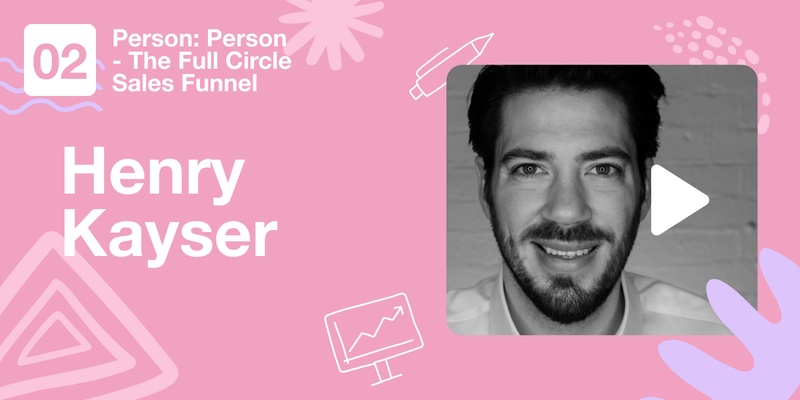
In our second episode of, “From Person:Person- The Full Circle Sales Funnel”, together with SaaS professional Henry Kayser who champions cultivating meaningful connections throughout one’s career, we delve into the art of identifying and engaging with key individuals as a sales professional. His insights provide a roadmap for effectively managing your network by balancing both active and reactive connections.
Henry opens by emphasizing the significant value of intentional networking in sales. He reiterates that our job is not just to sell but to connect people and add value to their operations through meaningful business cases. By establishing trust and showcasing how products or services can enhance business functions, we solidify our place as valuable network members.
The Cognitive Limits of Networking
A critical concept Henry introduces is Dunbar’s Number, which posits a cognitive limit to the number of meaningful relationships one can maintain—approximately 150. This number, established by Oxford University’s Professor Dunbar, highlights the importance of being selective with our networking efforts. Given our mental capacity constraints, focusing on a manageable number of connections ensures that we can maintain meaningful, trust-based relationships.
In sales, we’re constantly interacting with people, but to be effective, we need to prioritize who we actively engage with. Henry suggests creating both an active and reactive list of contacts.
Balancing Quantitative and Qualitative Networking Strategies
In this podcast, he discusses the perennial debate: whether to pursue a quantitative or qualitative networking strategy. He advocates for a balanced approach.
- Active Network (80/20 Rule): 80% of your network should be long-term connections who share your mindset and support your journey, while 20% can be short-term contacts relevant to current projects or career moves. Regularly revisiting and calibrating this list ensures it remains relevant and effective.
- Reactive Network: While the active network requires frequent, personal interactions, the reactive network benefits from broader visibility through social media, conferences, or other platforms. Staying visible keeps you on the radar of these contacts, potentially leading to future opportunities.
Leveraging Tools for Effective Networking
To manage these lists effectively, Henry highlights the importance of using copilots like Covve. Covve helps structure contacts and manage outreach frequency, allowing sales professionals to maintain meaningful connections efficiently. By setting reminders and organizing contacts, these tools facilitate consistent, intentional networking.
Combining a copilot like Covve with some of the key insights shared in this second installment can help you better manage your relationship-building efforts and offer you the means to design your own networking compass. Ultimately, successful networking requires a strategic approach.
By understanding the cognitive limits of relationships, balancing quantitative and qualitative strategies, and utilizing effective tools, sales professionals can build robust networks that drive career growth and success.
Stay tuned for the next episode, where we will explore the concept of social capital in greater detail. Make sure to subscribe and hit the notification bell to stay updated on our latest insights.
Written on 13 Sep 2024.
Related Posts: